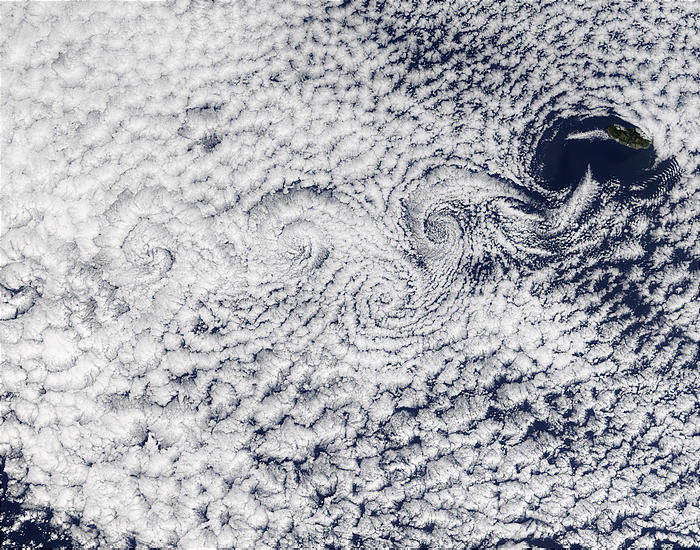From this 1999 NHTSA report:
5.3.2 Loose Gravel
On loose gravel, each of the nine vehicles stopped in the shortest distance with a panic brake application and disabled ABS [anti-lock braking system], regardless of the loading condition. Stops made on the gravel were lengthened considerably when ABS was active: 24.6% when the test vehicles were fully laden and 30.0% when lightly laden.
The ABS-induced stopping distance increase may be best explained by examining the tire-to-roadway surface interaction during the braking maneuver. It is generally accepted that the plowing of a vehicle's tires into a deformable surface such as loose gravel generates greater stopping forces than if the wheels were allowed to continue to roll over the surface (as in an ABS-assisted stop). Stopping distances made over the gravel surface therefore represent an inherent ABS design compromise. To preserve the driver's ability to maintain directional control of the vehicle while braking, the wheels must not be allowed to lock. By preserving this control, however, stopping distances made over the gravel test surface were extended.
We usually think ABS is about shorter stopping distances, but really it's about two things:
- Shorter stopping distance, and
- Preserving steering control while braking
Most of the time these two things do not conflict. In most driving conditions like dry or wet pavement, you get both shorter stopping distance and control.
But on gravel, in order to preserve the driver's control, the ABS results in longer straight-line stopping distance.
Hmm, I wonder if future (post-1999) ABS systems have been updated to let the brakes lock-up on gravel when the vehicle is going in a straight-line, but then revert to anti-lock if the driver is kidding or is attempting to steer. That would be the best of both worlds. The next question would become: How does the ABS "know" the car is on gravel?

